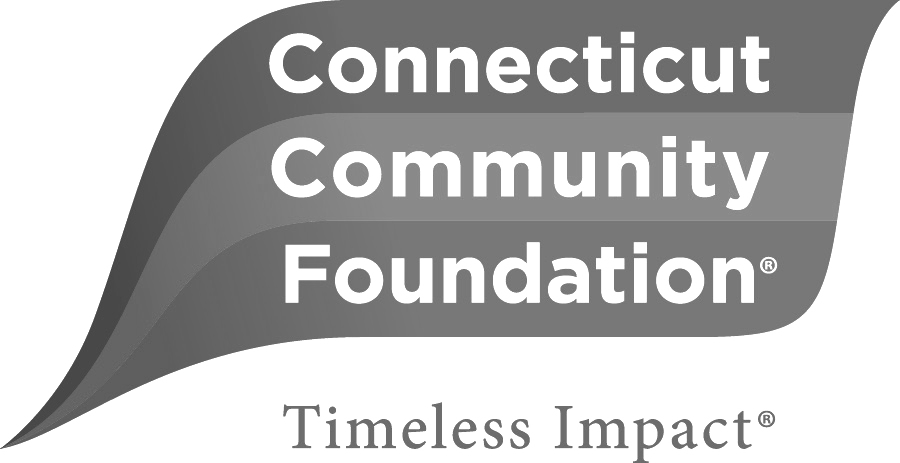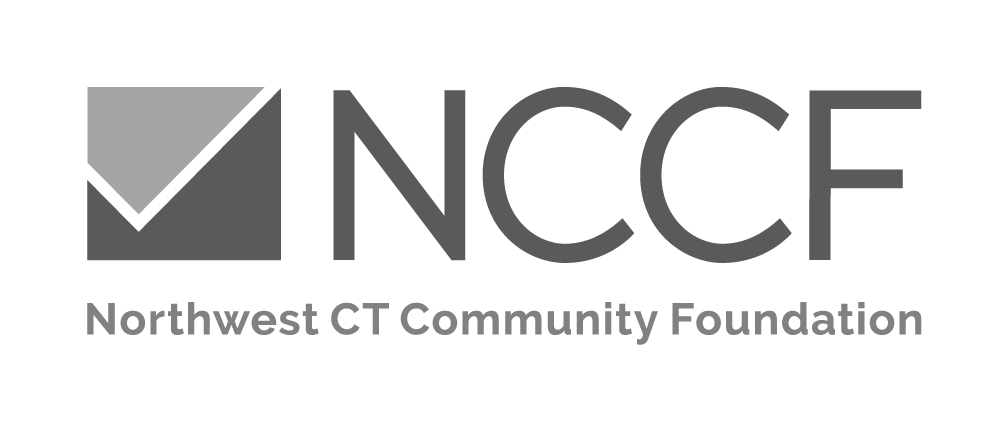Division of responsibility
In order to maximize the impact of these funds, all applicants MUST identify at least one collaborating entity (“Creative Partner”). This partner(s) will be held accountable for upholding their commitments to you and the successful, timely completion of all award activities.
- The party submitting the application should be the one receiving the funds. (Example: Several social service organizations would like to have an artist teach classes for their clients. The individual artist would submit the application and receive funding as compensation for their efforts and necessary supplies, while the social service organizations would be considered “creative partners”.).
- New projects must be submitted by individuals, unless the proposal activities submitted by an organization are consistent with existing programs/services the organization offers and do not include any unallowable costs . (Example: An organization that coordinates youth art projects wants to complete another art project at a local school and compensate an artist to lead the project. As public art projects are part of their existing programs and services and artist stipends are allowable costs, the organization could submit the application and receive funding, while the school and the artist would be considered the “creative partners”.).
- Creative Partners (entities involved in the project, who are not submitting the application/directly receiving funding) MUST complete at minimum a letter of support, indicating their role in the project, the anticipated impact on their organization/in their community, and certification to comply with all relevant federal regulations, the proposed project timeline, and reporting requirements to ensure project compliance and success. Look at "How To Apply" for instructions on how to submit this statement of support.
*Note: A fiscal sponsor is not considered a suitable creative partner.








